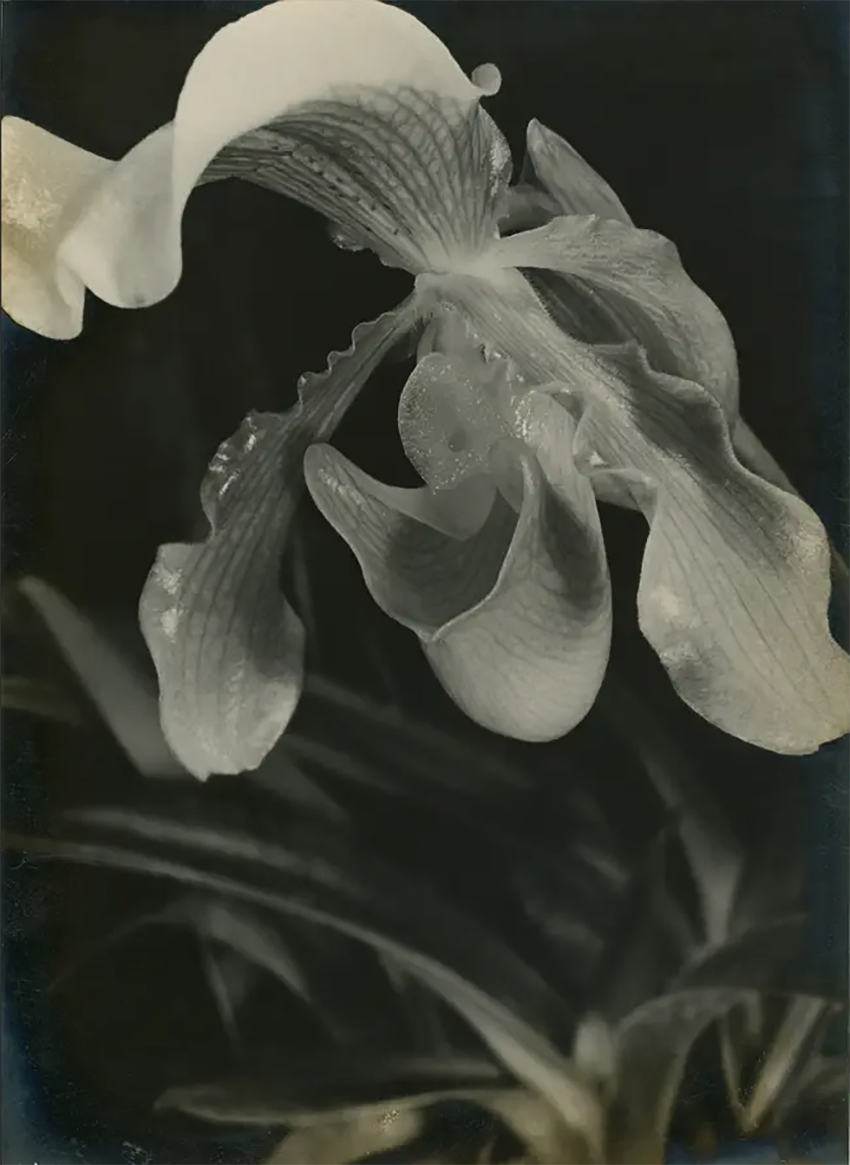![Aenne Biermann :: Orchid, ca. 1930. Gelatin silver print. [Detail] From : Aenne Biermann : Up Close and Personal at Tel Aviv Museum of Art](https://unregardobliquehome.files.wordpress.com/2023/01/aenne-biermann_orchid-ca.-1930-detail-tel-aviv-museum.jpg)



images that haunt us
![Aenne Biermann :: Orchid, ca. 1930. Gelatin silver print. [Detail] From : Aenne Biermann : Up Close and Personal at Tel Aviv Museum of Art](https://unregardobliquehome.files.wordpress.com/2023/01/aenne-biermann_orchid-ca.-1930-detail-tel-aviv-museum.jpg)





![Aenne Biermann (1898-1933) :: Kaktus, [Cactus], around 1929, © Museum Ludwig, Köln](https://live.staticflickr.com/65535/52626356372_254b3ddb72_o.jpg)
Aenne Biermann zeigte, wie viel Poesie in unscheinbaren Dingen stecken kann
Die deutsche Fotografin Aenne Biermann begann als Autodidaktin mit der Geburt ihrer Kinder zu fotografieren. Auch wenn sie das Alltägliche abbildete, banal sind ihre Arbeiten keineswegs.
Aenne Biermann (1898-1933) wurde als Tochter einer wohlhabenden jüdisch-deutschen Familie geboren. Mit der Geburt ihrer Kinder begann sie ohne künstlerische Ausbildung als Autodidaktin zu fotografieren. Sie fotografierte zunächst in ihrer häuslichen Umgebung – oft ihre Kinder. Aber auch Landschaften, Architekturdetails und Stillleben gehörten seit den Anfängen zum fotografischen Oeuvre der Künstlerin.
Die Fotografin arbeitete sich in ihrer nur 13-jährigen dauernden Schaffenszeit an ihrer unmittelbaren Umgebung ab (welche in Gera war) und vergrösserte ihren Radius bis Paris. Mit Ausweitung ihres Radius’ erweiterte sich auch ihre Arbeitsweise – Akt- und Stadtaufnahmen von Paris ergänzten ihr späteres Werk.
Betrachtet man ihre Bilder, ist es so, als ob man eine zweite Chance bekäme, das Banal-Alltägliche neu zu sehen. Die Arbeiten zeigen Früchte, Pflanzen, das Innenleben einer Schublade, Eier, Steine, Krimskrams, Gleise, das Innere eines Klaviers, Kindergesichter oder Körper.
Die Fotografin muss in einer Art Unermüdlichkeit und Konzentriertheit das sie Umgebende auf Schönheit und Stimmung abgetastet haben. Baumnüsse in einer Papiertüte oder Äpfel auf einem Teller, alles ist einem vertraut. Und doch sind ihre Werke durch das Spiel mit Perspektiven, Ausschnitt, Kontrast und Licht einzigartig und voll Poesie. Ihre Arbeiten haben etwas Beruhigendes an sich und könnten den gestressten, von reizüberfluteten Jetztlern ein neues Sehen beibringen.
Ob der klaren Schönheit und Pointierung gerät man beinah in eine Art kontemplative Verzückung und beginnt, die Dinge, die Landschaften, die Personen neu, anders oder wahrhaftig zu sehen. Diese sensible, unaufgeregte, aber auch sehr konkrete Eigenschaft ihrer Bilder führte dazu, dass sie zu einer der wichtigsten Vertreterinnen der Avantgardefotografie der 1920er und 1930er Jahre wurde.
Der Verlag Scheidegger & Spiess hat jüngst unter dem Titel «Aenne Biermman: Up close and personal» in Kooperation mit dem Tel Aviv Museum of Art eine Publikation veröffentlicht, die mit 100 Abbildungen und mehreren Essays Biermanns Schaffen umfassend beschreiben. Die Publikation begleitet die Anfangs August 2021 eröffnete Ausstellung in Tel Aviv.
Aenne Biermann showed how much poetry can be found in inconspicuous things
The German photographer Aenne Biermann started as an autodidact with the birth of her children. Even if she depicts the everyday, her works are by no means banal.
Aenne Biermann (1898-1933) was born into a wealthy Jewish-German family. With the birth of her children, she began to photograph as an autodidact without any artistic training. She initially photographed in her home environment – often her children. But landscapes, architectural details and still-lifes have also been part of the artist’s photographic oeuvre from the very beginning.
During her creative period of only 13 years, the photographer worked on her immediate environment (which was in Gera) and extended her radius to Paris. As her radius expanded, so did her way of working – nude and city photographs of Paris complemented her later work.
Looking at her paintings is like getting a second chance to see the mundane everyday in a new way. The works show fruits, plants, the inner workings of a drawer, eggs, stones, odds and ends, rails, the inside of a piano, children’s faces or bodies.
The photographer must have scanned her surroundings for beauty and mood with a kind of tirelessness and concentration. Tree nuts in a paper bag or apples on a plate, everything is familiar. And yet her works are unique and full of poetry through the play with perspective, detail, contrast and light. There’s something calming about her work, and it could teach the stressed, overstimulated now-people a new way of seeing.
Because of the clear beauty and emphasis, one almost falls into a kind of contemplative rapture and begins to see the things, the landscapes, the people in a new, different or truthful way. This sensitive, calm, but also very concrete quality of her pictures made her one of the most important representatives of avant-garde photography of the 1920s and 1930s.
The publishing house Scheidegger & Spiess recently published a publication entitled “Aenne Biermman: Up close and personal” in cooperation with the Tel Aviv Museum of Art, which comprehensively describes Biermann’s work with 100 illustrations and several essays. The publication accompanies the exhibition that opened in Tel Aviv at the beginning of August 2021.
Quoted from Bellevue (NZZ)
